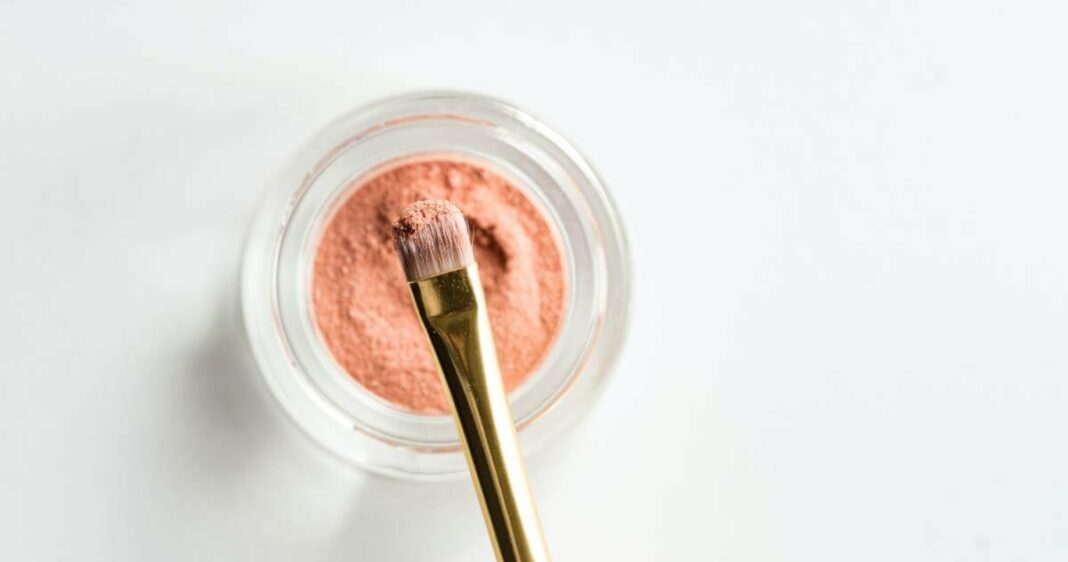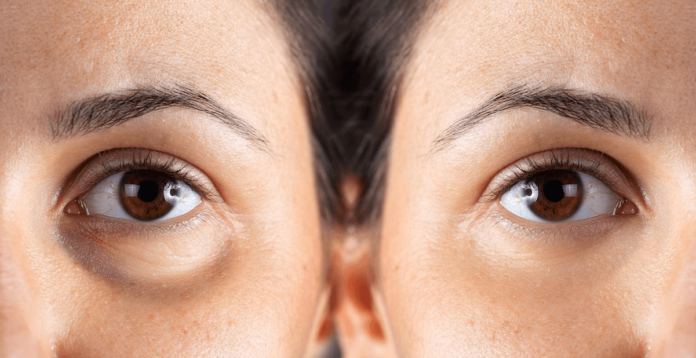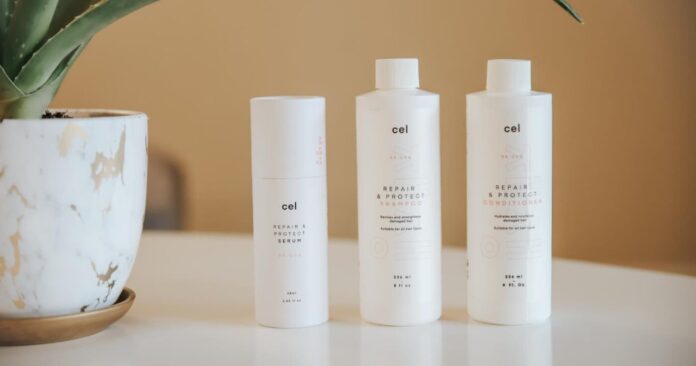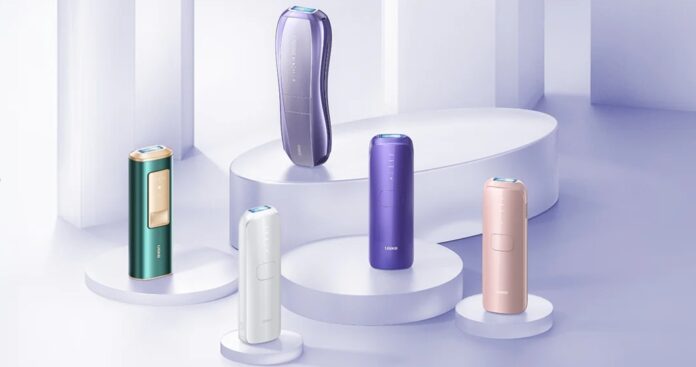FAST FACTS:
- Parabens, formaldehyde releasers, methylisothiazolinone, fragrances, essential oils, and sulfates are some of the most common “harmful” substances that can be present in your skincare products.
- The potential of such cosmetic ingredients to cause harm will depend on their concentration, time of exposure (rinse-off and leave-on products), and the skin sensitivity or condition of each person.
With the rise of the Clean Beauty movement, there has been an increased demand for safer cosmetic ingredients. The idea that some substances are “good” or “bad” for our skin has created a misconception about some substances used in cosmetics. Concerns such as endocrine disruption, dermatitis, irritation, and even cancer, have been associated with some substances, terrifying consumers.
But are these ingredients really going to cause you those undesirable effects? When it comes to cosmetic formulas, not everything is necessarily black and white. In this article, you will find what aspects you need to (re)consider and whether you need to avoid ALL of them.

1. PARABENS
Parabens are widely used as preservatives to prevent the growth of bacteria and molds in your skincare products, extending their shelf life and ensuring their microbiological safety. Some parabens that you can find in your cosmetics are methylparaben, ethylparaben, propylparaben and butylparaben.
Concerns vs Facts. The main concern is related to their potential to act as endocrine disruptors, which has linked them to the potential development of breast cancer [1]. However, according to the American Cancer Society, there is no current epidemiological evidence or studies in people showing any direct link between parabens and any health problem, including breast cancer [2]. Indeed, a safety assessment of parabens as used in cosmetics concluded that they are safe for use when their concentration does not exceed that allowed by regulation [3]. In reality, products tend to contain concentrations even lower than those permitted since parabens are usually combined with other preservatives to obtain a synergistic effect, decreasing exposure to such substances.
Should you avoid them? Not really. However, if you desire to avoid these substances, you can easily check the ingredient list and/or find cosmetics with the label “paraben-free” or “clean at Sephora”.
2. FORMALDEHYDE

Known to be a human carcinogen and skin sensitizer [4], formaldehyde is a toxic substance to certainly avoid . Although being completely banned in the EU [5] , you can still find it in the U.S. market for instance, in nail polishes and hardeners, and hair strengtheners for professional use in a salon. According to the FDA, it can cause serious irritation of the eyes, nose, and lungs, skin sensitivity, or allergic dermatitis when present in the air. To avoid it, check the label on such types of products looking for words such as formaldehyde, formalin, or methylene glycol [6].
Even though you will never find formaldehyde listed in the ingredients of your skincare products, it can be present when they contain preservatives known as formaldehyde releasers.
3. FORMALDEHYDE RELEASERS
These substances can be present in all kinds of skincare products as preservatives, due to the antimicrobial action of the free formaldehyde released into the formulas. Some of them are DMDM hydantoin, Diazolidinyl urea, Imidazolidinyl urea, Sodium hydroxymethylglycinate, Quaternium-15 (banned in the EU), and Bronopol.
Concerns vs Facts. They may trigger allergic reactions in people sensitized to formaldehyde, such as allergic contact dermatitis (ACD). For this reason, the European Scientific Committee on Consumer Safety (SCCS) recently advised labeling products with the warning “contains formaldehyde” when the amount present exceeds 0.001% to ensure the safety of consumers sensitized to formaldehyde [7].
Should you avoid them? You should only if you are particularly sensitized or have developed an ACD to formaldehyde and formaldehyde releasers, or if you have compromised skin [8]. If you have healthy skin, you can reduce the frequency you are in contact with these substances to prevent sensitization.
4. METHYLISOTHIAZOLINONE (MIT) AND METHYLCHLOROISOTHIAZOLINONE (CMIT)
These two substances used as preservatives may be found in your rinse-off products such as liquid hand soaps, shampoos, body washes, conditioners, etc.
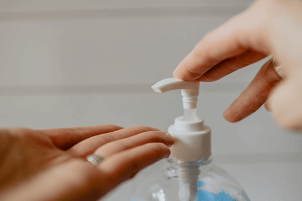
Concerns vs Facts. They are considered strong sensitizers with a higher potential of inducing ACD than formaldehyde releasers [9]. To diminish the risk, they are only allowed in rinse-off formulations up to a restricted concentration of 0.0015% [5].
Should you avoid them? You may if you have sensitive or already compromised skin, or even to prevent a potential sensitization to such ingredients, opt for products with other types of preservative systems.
5. FRAGRANCE/PERFUME
Most cosmetic products contain fragrance (perfume) in their ingredient list. Fragrances are complex mixtures of substances, either of natural or synthetic origin, used to deliver a pleasant smell or to hide unpleasant odors in your products. Indeed, there are more than 2,500 fragrance ingredients known to be used in fragrance mixtures [10].

Concerns vs Facts. Substances contained in fragrances may cause allergic reactions, manifested as skin rashes, redness, and/or inflammation, being the main responsible ones for those from natural origin or nature-identical chemicals [11]. To protect consumers in the EU, a list of identified allergens was established (recently updated to more than 80 substances) [12], requiring them to be declared in the ingredient list after a certain concentration. Examples of such allergens are limonene, citronellol, citral, etc. Under U.S. regulations, fragrance ingredients can be listed simply as “fragrance” [13], which makes it difficult to know whether their products contain allergens you may be sensitive to.
Should you avoid them? Only if your skin is particularly sensitive to these substances or you have a history of allergy, eczema, or rash in contact with fragrances, opt for fragrance-free alternatives.
6. ESSENTIAL OILS
Essential oils are also complex mixtures of volatile substances extracted from different parts of a plant. They may be present as part of the fragrance composition or sold as “pure” oils for aromatherapy and holistic purposes, being applied directly to the skin.
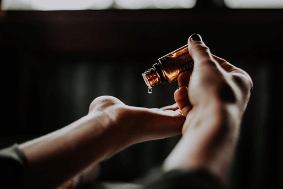
Concerns vs Facts. Essential oils not only have a high potential to cause ACD due to the presence of known allergens, but some of them can induce phototoxic reactions when the skin is exposed to the sun. For instance, essential oils from citrus fruits or bergamot may cause photodermatitis due to the presence of furocoumarins, leading to a phototoxic eruption [14].
Should you avoid them? If you are sensitive or allergic to known fragrance allergens, you should definitely avoid them. If that’s not the case, you still need to take some precautions such as always diluting your essential oils in a carrier oil before use, observing your skin response to such products, and avoiding exposure to the sun after applying those from citrus fruits and bergamot.
7. SULFATES
Commonly found by the names of Sodium Lauryl Sulfate (SLS) and Sodium Laureth Sulfate (SLES) in your ingredient list. They are surfactants used to remove the excess oil and dirt from your skin. They are commonly found in cleansing products such as shampoos, body washes, or facial cleansers.
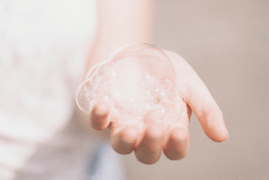
Concern vs Facts: They are chemicals well known for their potential to cause skin and eye irritation [15], and have been associated with skin dryness (due to excessive removal of skin natural oils) and the development of irritant contact dermatitis [16]. Although this is true, the potential to cause such skin damage depends on the concentration in the product, time in contact with your skin (which is short since you rinse it off quickly), and individual susceptibility. In fact, their irritation potential can substantially decrease when their concentrations are reduced in the formula and are combined with “milder” surfactants such as coco-betaine, and coco-glucoside, among others, producing products that are mild and non-irritating to the skin [17].
Should you avoid them? It depends on how your skin reacts to such products. If you suffer from dry skin or a particular skin condition, you can avoid them or simply find products specifically formulated for sensitive skin. If that’s not the case, you can keep applying products that contain them according to your own skin response to the overall use.
THE BOTTOM LINE
Understanding the regulations in force, the chemistry of cosmetic formulations, and the type of skin conditions, are key factors to properly decide whether you may -or may not- avoid the substances mentioned. All in all, skin care products are safe under their specified conditions of use (following the instructions and warnings on the labels), and cosmetic ingredients of “concern” can safely be present since their concentrations and degree of exposure have been already restricted. Avoiding them depends on your own skin response, susceptibility, and, ultimately, your personal preferences.
References
- U.S. Food and Drug Administration, “Cosmetics Safety Q&A: Parabens,” 2022. [Online]. Available: https://www.fda.gov/cosmetics/resources-consumers-cosmetics/cosmetics-safety-qa-parabens. [Accessed 11 03 2023].
- A. C. Society, “Antiperspirants and Breast Cancer Risk,” [Online]. Available: https://www.cancer.org/healthy/cancer-causes/chemicals/antiperspirants-and-breast-cancer-risk.html#shouldibeconcernedaboutparabens.
- P. . S. Cherian, J. Zhu, W. F. Bergfeld, D. V. Belsito, R. A. Hill, C. D. Klaassen, D. C. Liebler, J. G. Marks, Jr, R. C. Shank, T. J. Slaga, P. W. Snyder and B. Heldreth, “Amended Safety Assessment of Parabens as Used in Cosmetics,” International Journal of Toxicology, vol. 39, no. 1_suppl, pp. 5S-97S, 2020.
- European Chemicals Agency (ECHA), “Substance Infcard: Formaldehyde,” [Online]. Available: https://echa.europa.eu/substance-information/-/substanceinfo/100.000.002. [Accessed 11 03 2023].
- “Regulation (EC) No 1223/2009 of the European Parliament and of the Council of 30 November 2009 on Cosmetic Products”.
- U.S. Food And Drug Administration, “Formaldehyde in Hair Smoothing Products: What You Should Know,” 2021. [Online]. Available: https://www.fda.gov/consumers/consumer-updates/formaldehyde-hair-smoothing-products-what-you-should-know. [Accessed 11 03 2023].
- Scientific Committee on Consumer Safety (SCCS), “Scientific Advice on the threshold for the warning ‘contains formaldehyde’ in Annex V, preamble point 2 for formaldehyde-releasing substances,” 2021.
- L. Malinauskiene, A. Blaziene, A. Chomiciene and M. Isaksson, “Formaldehyde may be found in cosmetic products even when unlabelled,” Open Medicine, vol. 10, no. 1, 2015.
- J.-M. Lachapelle, “Methylisothiazolinone: the new star of contact dermato‐allergology,” Journal of the European Academy of Dermatology and Venereology, vol. 34, no. 2, p. 218, 2020.
- Scientific Committee on Consumer Safety (SCCS), “Perfume Allergies,” [Online]. Available: https://ec.europa.eu/health/scientific_committees/opinions_layman/perfume-allergies/en/about-perfume-allergies.htm#29. [Accessed 11 03 2023].
- J. D. Johansen, “Fragrance Contact Allergy,” American Journal of Clinical Dermatology, vol. 4, no. 11, p. 789–798, 2003.
- European Commission, “ANNEXES to the Commission Regulation (EU) amending Regulation (EC) No 1223/2009 of the European Parliament and the Council as regards labelling of fragrance allergens in cosmetic products,” 2022.
- U.S. Food and Drug Administration, “Fragrances in Cosmetics,” 2022. [Online]. Available: https://www.fda.gov/cosmetics/cosmetic-ingredients/fragrances-cosmetics. [Accessed 11 03 2023].
- A. Sindle and K. Martin, “Art of Prevention: Essential Oils – Natural Products Not Necessarily Safe,” International Journal of Women’s Dermatology, vol. 7, no. 3, p. 304–308, 2021.
- European Chemicals Agency (ECHA), “Substance Infocard: Sodium dodecyl sulphate,” [Online]. Available: https://echa.europa.eu/substance-information/-/substanceinfo/100.005.263. [Accessed 11 03 2023].
- Heetfeld, “Skin sensitivity to sodium lauryl sulfate is independent of atopic diseases,” British Journal of Dermatology, vol. 183, no. 1, 2020.
- C. A. Bondi, J. L. Marks, L. B. Wroblewski, H. S. Raatikainen, S. R. Lenox and K. E. Gebhardt, “Human and Environmental Toxicity of Sodium Lauryl Sulfate (SLS): Evidence for Safe Use in Household Cleaning Products,” Environmental Health Insights, vol. 9, p. 27–32, 2015.
- U.S. Food And Drug Administration, “Phthalates in Cosmetics,” 2022. [Online]. Available: https://www.fda.gov/cosmetics/cosmetic-ingredients/phthalates-cosmetics. [Accessed 11 03 2023].
- European Chemicals Agency, “Substance Infocard: Dibutyl phthalate,” [Online]. Available: https://echa.europa.eu/substance-information/-/substanceinfo/100.001.416. [Accessed 11 03 2023].

 By Gabriela Bermudez, MSc
By Gabriela Bermudez, MSc
 March 12, 2023
March 12, 2023
 8 minutes
8 minutes








